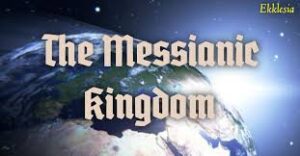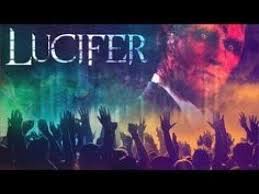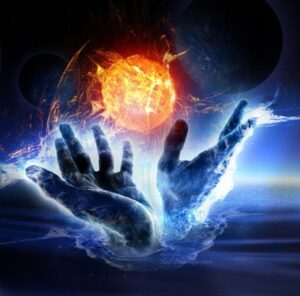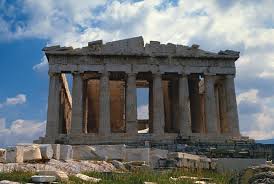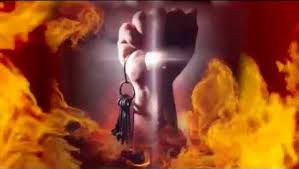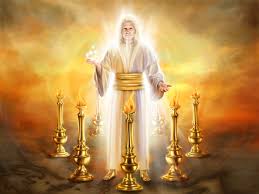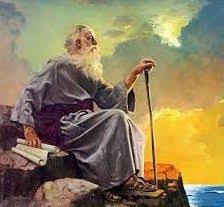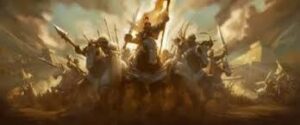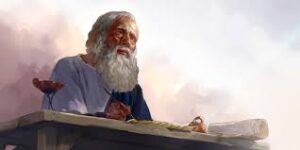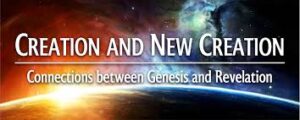Ay – Write, Therefore, What Is Now 2:1 to 3:22
Write, Therefore, What Is Now
2:1 to 3:22
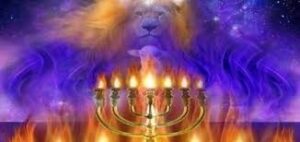
Immediately following the vision of Jesus in the midst of the seven golden lampstands, there are seven messages given to seven churches. Christ’s presence in the midst of these churches tells us that He knows everything about them. He doesn’t merely stand in the midst of the churches; He walks among the seven golden lampstands (2:1 CJB). He examines them from every angle. No praiseworthy quality, or embarrassing imperfection can escape His notice. He is aware of their every thought, intention, and motive, caring enough for their present and future well-being that He will encourage and correct them. There is a chiastic structure to this section, where the message of the first letter is parallel to the second letter, and so on.
A Someone like a son of man . . . His eyes were like blazing fire and His feet were like bronze glowing in a furnace (1:13-15).
B And out of His mouth came a sharp double-edged sword (1:16).
C I AM the First and the Last. I AM the Living One; I was once dead and behold I AM alive for ever and ever (1:17-18).
D The mystery of the seven stars that you saw in My right hand and of the seven golden lampstands (1:20).
D To Ephesus . . . These are the words of Him who holds the seven stars in His right hand and walks among the golden lampstands (2:1).
C To Smyrna . . . These are the words of Him who is the First and the Last, who died and came to life again (2:8).
B To Pergamum . . . These are the words of Him who has the sharp, double-edged sword (2:12).
A To Thyatira . . . These are the words of the Son of God, whose eyes are like blazing fire and whose feet are like burnished bronze (2:18).
Whenever we see the number seven in the Scriptures, it is the number of completion (to see link click Ag – The Importance of the Number Seven in the book of Revelation). So here, we have a complete picture of the Church. There are four different applications to this picture.
First, there is the local application. These were seven actual churches that existed in the first century. Jesus knew these communities well and He wrote to them to meet their needs. They are mentioned in a half-moon circle. If you started at Ephesus and proceeded north on the main trade route to Smyrna and Pergamum, then swinging east and south you could come to Thyatira, Sardis, Philadelphia and Laodicea in that exact order.
Secondly, there is a universal application. These seven churches describe all churches, and each element, good or bad, is also present, to some degree in each one. No matter what part of history you come to, all seven churches will be represented, and will continue to exist until the Rapture.
Thirdly, there is a personal application. These churches describe seven different verieties of believers in each one.
Fourthly, there is a historical application. While all seven types of churches always exist, one type dominates a particular era of Church history. As a result, these seven letters present a prophetic picture of the seven historical periods that the believing community will develop. Those churches were chosen, first, because of the particular meaning of their names, and second, because of the situation of that particular community that will also be characteristic of a certain period of Church history. If the letters or the parables were to be put in any other order than they are now – they would not fit the flow of Church history.
The seven letters all follow a basic outline containing seven parts. They are (1) the description of Christ, (2) the church, (3) the city, (4) the commendation, (5) the concern, (6) the command, and finally (7) the council. Not all seven letters have all seven points of the outline, nor are they necessarily in that order. But this is the basic structure of each letter.
Dear Heavenly Father, How amazing that You know the future in such detail, and the details of each person’s heart. No one can fool You by saying they love You, when really they love themselves the most. You so long to reward Your children (John 1:12, 3:3; First John 3:1,3) who truly love You and fill their lives with thought and deeds of love for You. Praise You that You have given talents/gifts to each of Your children that they can use to Your glory. We desire to use what You have given us in a wise way to bring you great honor and glory. We look forward to hearing You say: Well done, good and faithful servant! You were faithful with a little, so I’ll put you in charge of much. Enter into your master’s joy (Mt 25:21, 23)! We love You! In the name of Your holy Son and the power of His resurrection. Amen



